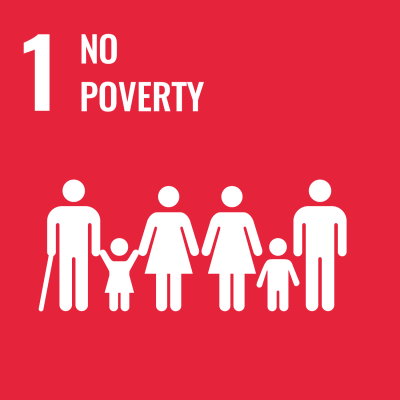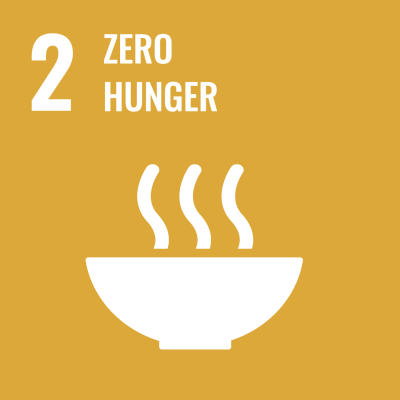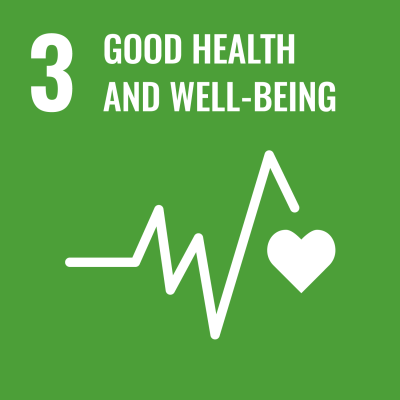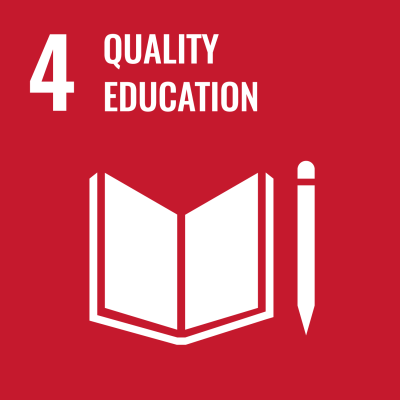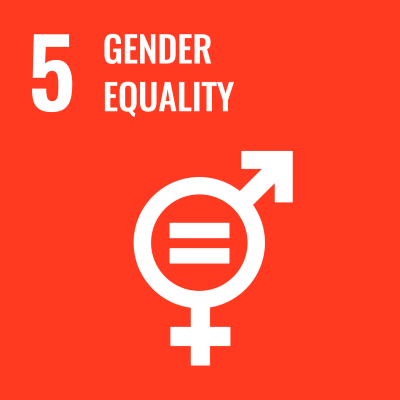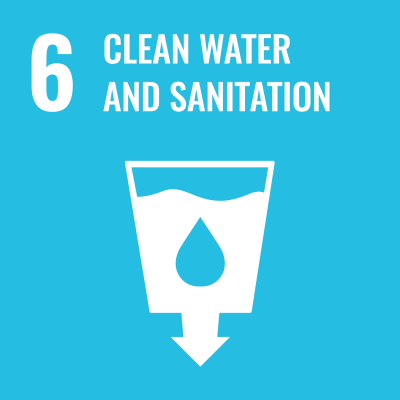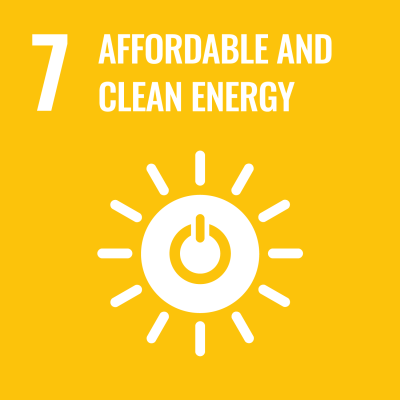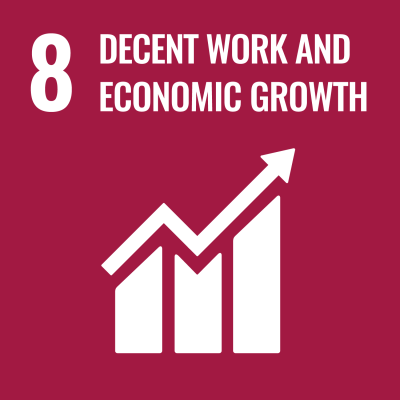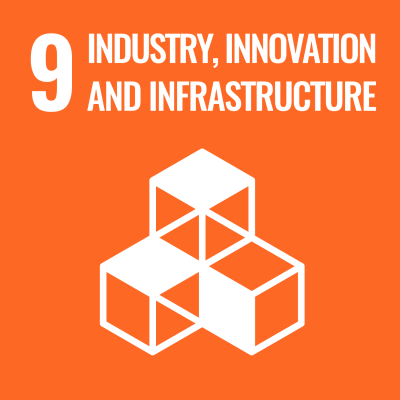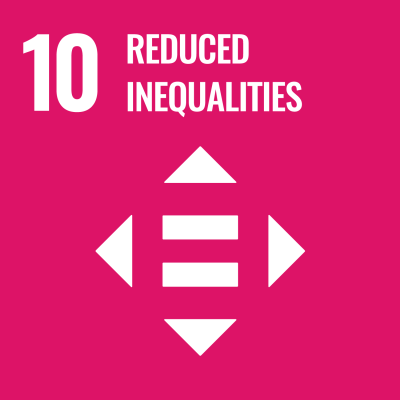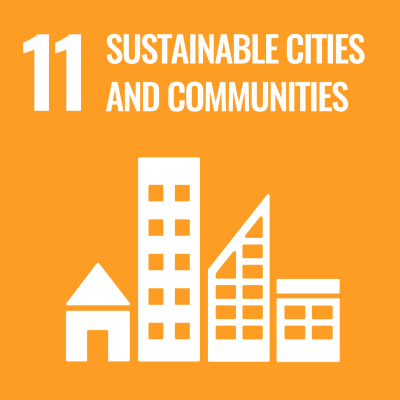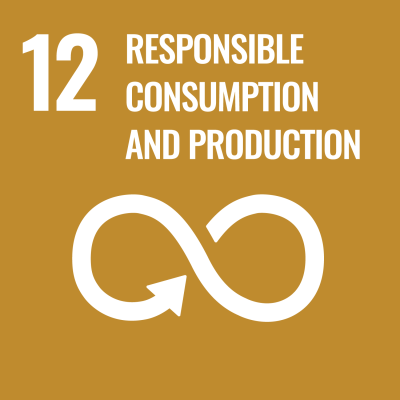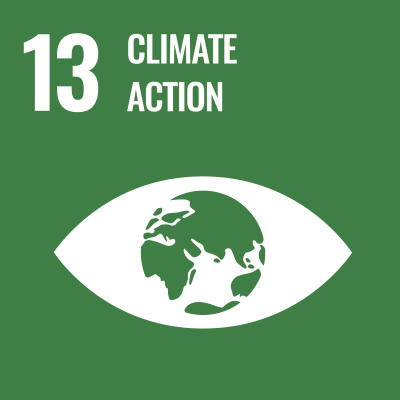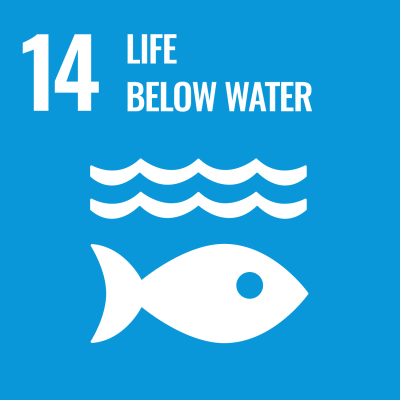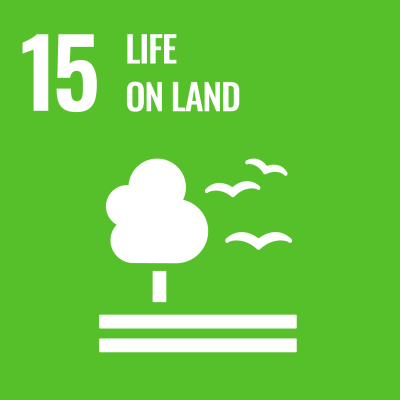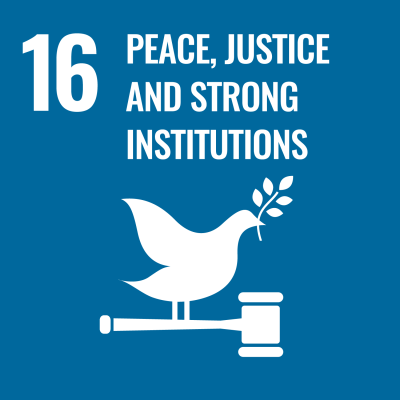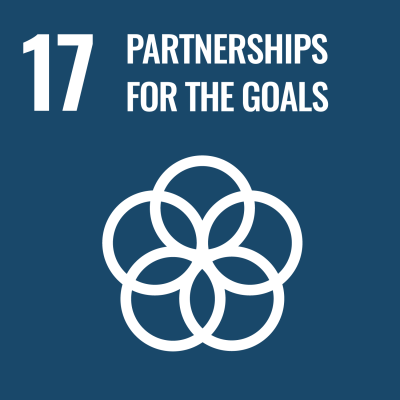Ensure sustainable consumption and production patterns:
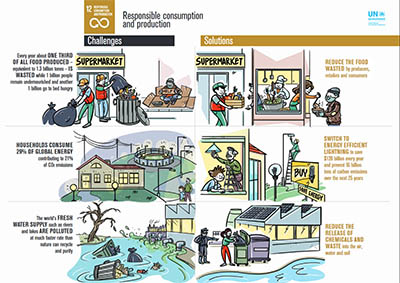
One of the greatest global challenges is to integrate environmental sustainability with economic growth and welfare by decoupling environmental degradation from economic growth and doing more with less. Resource decoupling and impact decoupling are needed to promote sustainable consumption and production patterns and to make the transition towards a greener and more socially inclusive global economy.
To ensure sustainable consumption and production practices necessarily entails to respect the biophysical boundaries of the planet and to reduce current global consumption rates in order to fit with the biophysical capacity to produce ecosystem services and benefits.
UNEA 4. Resolution 1 (UNEP/EA.4/Res.1 ) specifies that a circular economy is one of the current sustainable economic models, in which products and materials are designed in such a way that they can be reused, remanufactured, recycled or recovered and thus maintained in the economy for as long as possible, along with the resources of which they are made, and the generation of waste, especially hazardous waste, is avoided or minimized, and greenhouse gas emissions are prevented or reduced.
UNEP's Economy Division has a project on Global Opportunities for Sustainable Development Goals (GO for SDGs) which aims to strengthen the capacity of countries to achieve SDG 12.
SDG 12 on Sustainable Consumption and Production (SCP) and UNEP's implementation of SCP and circular economy are fully aligned. Currently, UNEP is developing an SDG 12 Hub which will provide visualization and coordination across SDG 12. This links to UNEP's OnePlanet Initiative for Sustainable Consumption and Production. The OnePlanet Initiative and the SDGs are fully aligned in terms of the monitoring approach. Additionally, the newly developed SCP Hotspots Analysis Tool (SCP-HAT) is an online application with data on the environmental and socio-economic performance of 171 countries over the last 25 years. It allows countries to quickly identify and analyse hotspots at country and sector level and provides key country information in the context of most relevant policy questions.
Launched at HLPF on July 7th 2021, the SDG 12 Hub is built to support Member States in the achievement of SDG 12, and is the central location for accessing official government reporting against SDG 12 indicators. The SDG 12 Hub consolidates and visualizes the results of national reporting on SDG 12 indicators, and makes these publicly available, allowing Member States to browse progress on SDG 12 by individual targets or by country.
The SDG 12 Hub also provides governments, businesses, civil society and the public with direct and transparent access the data reported by Member States on SDG 12 Targets, as well as linkages to existing knowledge platforms, databases and networks through which stakeholders can share progress, knowledge and solutions for sustainable consumption and production.
Access the Hub here: https://sdg12hub.org
Indicators:
Sustainable growth and development requires minimizing the natural resources and toxic materials used, and the waste and pollutants generated, throughout the entire production and consumption process. Sustainable Development Goal 12 encourages more sustainable consumption and production patterns through various measures, including specific policies and international agreements on the management of materials that are toxic to the environment.
- 12.1.1 Number of countries developing, adopting or implementing policy instruments aimed at supporting the shift to sustainable consumption and production (Tier II)
- 12.2.1 Material footprint, material footprint per capita, and material footprint per GDP (Tier II*)
- 12.2.2 Domestic material consumption (DMC) and DMC per capita, per GDP (Tier I)
- 12.3.1(b) Food waste index (Tier II)
- 12.4.1 Number of parties to international multilateral environmental agreements on hazardous waste, and other chemicals that meet their commitments and obligations in transmitting information as required by each relevant agreement (Tier I)
- 12.4.2 (a) Hazardous waste generated per capita; and (b) proportion of hazardous waste treated, by type of treatment (Tier II)
- 12.5.1 National recycling rate, tons of material recycled (Tier II)
- 12.6.1 Number of companies publishing sustainability reports (Tier II)
- 12.7.1 Degree of sustainable public procurement policies and action plan implementation (Tier II)
- 12.c.1 Amount of fossil-fuel subsidies (production and consumption) per unit of GDP (Tier I)
* Agreed methodology only at global level. Not for country level monitoring
Partners:
- One Planet Network
- UN-Habitat
- GIZ
- SCP Hat
- UNEP Circular Economy
- GO4SDG
- 10-Year Framework of Programmes on Sustainable Consumption and Production Patterns (10YFP)
- United Nations Conference on Trade and Development (UNCTAD)
- Organisation for Economic Co-operation and Development (OECD)
- WRAP
- BRS Conventions
- Montreal Protocol
- Minamata Convention
- United Nations Statistics Division (UNSD)
- UN-Habitat
- United Nations University (UNU)
- United Nations Institute for Training and Research (UNITAR)
- International Solid Waste Association (ISWA)
- International Institute for Sustainable Development (IISD) Global Subsidies Initiative (GSI)
To learn more about UN Environment Programme's contributions to SDG 12:
- SDG Issue Brief on Ensuring Sustainable Consumption and Production Patterns
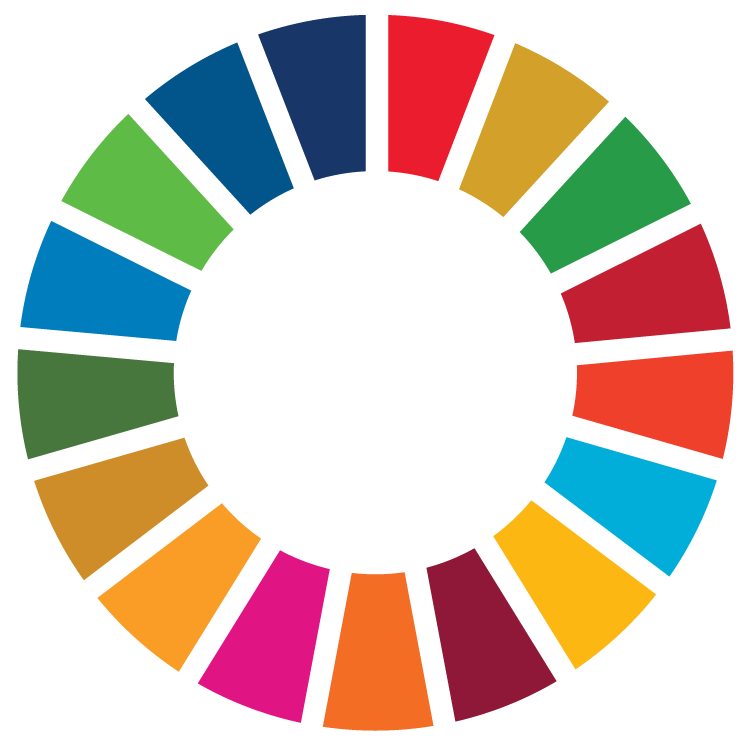

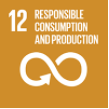 Learn more about SDG 12
Learn more about SDG 12